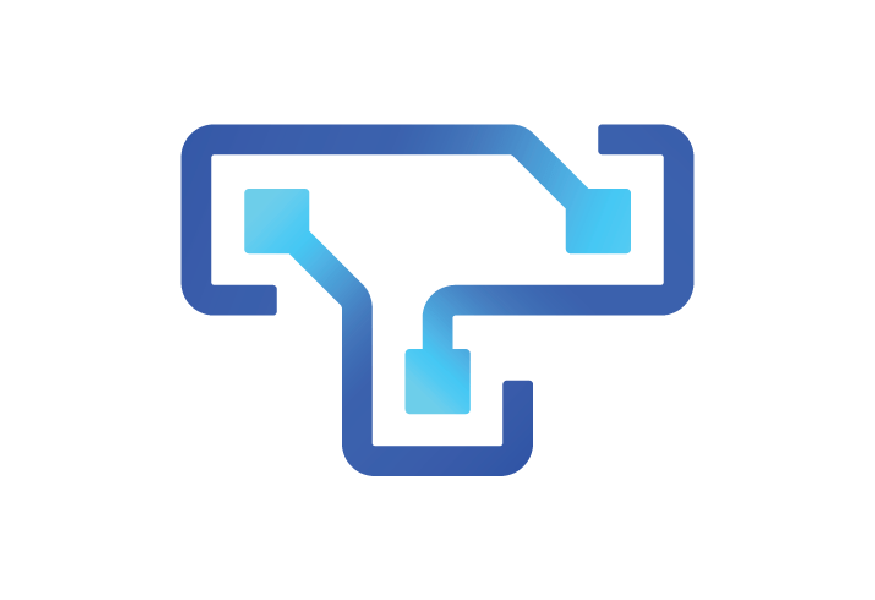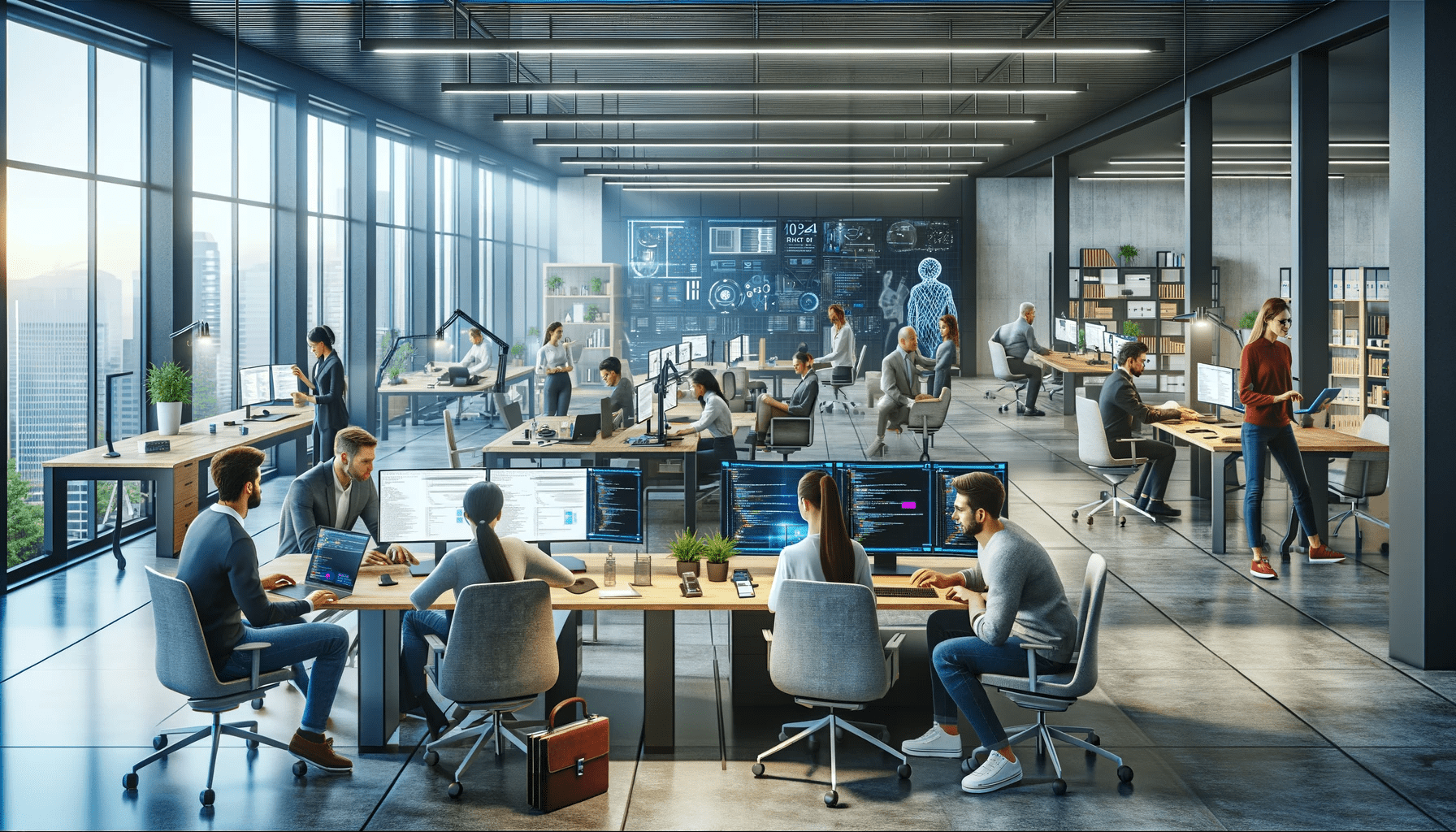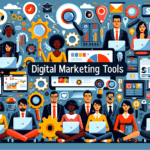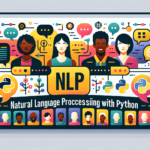Introduction
In the dynamic landscape of 2024, startups face an ever-evolving digital ecosystem. With technology advancing at a breakneck pace, the adoption of AI-driven adaptive design has become not just beneficial but essential for startups looking to thrive. This shift signifies a new era where flexibility, personalization, and efficiency are not just valued but expected by users.
The Evolution of Web Design
Traditional vs. Adaptive Design
- Traditional Design: Historically, web design was a one-size-fits-all approach. Websites were created with a fixed layout, which often led to compatibility and usability issues across different devices.
- Adaptive Design: This approach involves creating multiple versions of a website for different screen sizes. While better than traditional design, it still lacks the flexibility and personalization that modern users crave.
The Rise of AI in Web Design
The integration of Artificial Intelligence (AI) in web design marks a significant transformation. AI algorithms can analyze user data in real-time, adapting the layout, content, and functionality of a website to suit individual user preferences and device specifications.
Why AI-Driven Adaptive Design is Critical for Startups in 2024
Enhanced User Experience
- Personalization: AI-driven design can tailor user experiences, displaying content based on individual preferences and behaviors.
- Accessibility: Advanced AI algorithms ensure that websites are accessible to all users, including those with disabilities, by adjusting design elements like color contrast and text size dynamically.
Cost-Effective and Efficient
- Streamlined Development: Adaptive design powered by AI reduces the need for multiple versions of a website, lowering development and maintenance costs.
- Faster Load Times: AI optimization ensures faster loading times, crucial for retaining users and improving search engine rankings.
Staying Ahead in a Competitive Market
- Innovation: Startups embracing AI in design are seen as forward-thinking, setting them apart in a crowded market.
- Adaptability: The ability to quickly adapt to user feedback and changing trends is crucial for growth and sustainability.
Real-World Applications and Success Stories
Case Studies
- Startup A: This e-commerce startup utilized AI-driven design to create personalized shopping experiences, resulting in a 30% increase in sales.
- Startup B: By adopting an AI-adaptive website, this service provider saw a significant reduction in bounce rates and a 25% increase in user engagement.
Challenges and Considerations
Ethical and Privacy Concerns
- Data Privacy: Ensuring user data is collected and used ethically is paramount.
- Bias in AI: It’s crucial to monitor for and address any biases in AI algorithms to prevent discriminatory practices.
Technical Challenges
- Integration Complexity: Seamlessly integrating AI with existing web infrastructure can be complex.
- Continuous Learning: AI systems require ongoing training and refinement to stay effective.
Conclusion
The landscape of 2024 demands a paradigm shift in web design for startups. Embracing AI-driven adaptive design is not just about keeping up with trends; it’s about creating a sustainable, efficient, and personalized user experience. As technology continues to evolve, startups that adapt and innovate will be the ones that stand the test of time and leave a lasting impact in the digital world.
FAQs
Q: Is AI-driven adaptive design expensive to implement? A: While initial implementation might be costlier than traditional web design, the long-term benefits and cost savings in maintenance and user retention make it a worthwhile investment.
Q: Can small startups without technical expertise adopt AI-driven design? A: Yes, numerous tools and platforms now offer AI-driven design capabilities with user-friendly interfaces, making them accessible to startups without extensive technical knowledge.




